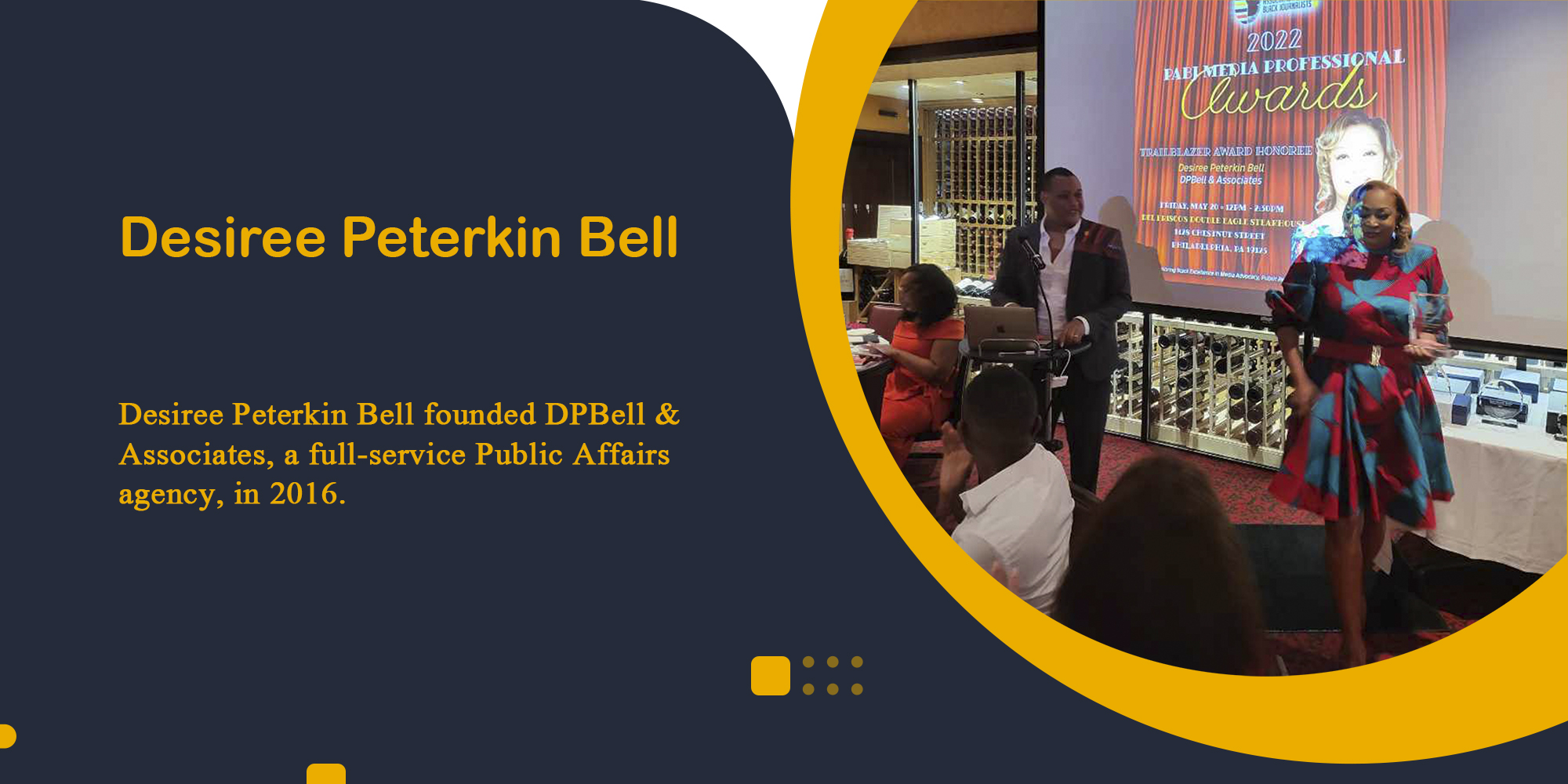
Diversity and inclusion are critical for any organization that wants to succeed in today’s globalized world. A diverse and inclusive workplace refers to an environment where people of different genders, races, ethnicities, religions, ages, and abilities feel valued, respected, and included. In this article, we will explore why diversity and inclusion are crucial for a successful organization and how to create a diverse and inclusive workplace.
The Benefits of Diversity and Inclusion in the Workplace
Diversity and inclusion bring numerous benefits to organizations. One of the most significant benefits is improved innovation. A diverse team brings together different perspectives, experiences, and backgrounds, which can lead to more creative and innovative solutions to problems. Studies have shown that companies with diverse teams are more likely to have higher revenues, profits, and market share than those without.
Another benefit of diversity and inclusion is higher employee engagement. When employees feel valued, respected, and included, they are more likely to be motivated, committed, and productive. A diverse and inclusive workplace can also help attract and retain top talent, as job seekers increasingly seek organizations that prioritize diversity and inclusion.
Finally, diversity and inclusion can improve an organization’s reputation and brand.
Barriers to Diversity and Inclusion: How to Overcome Them
Despite the benefits of diversity and inclusion, many organizations struggle to achieve them. Some barriers to diversity and inclusion include unconscious bias, a lack of diversity in the talent pool, and resistance to change. Overcoming these barriers requires a deliberate and strategic approach to diversity and inclusion.
One of the most significant barriers to diversity and inclusion is unconscious bias. Unconscious bias refers to the attitudes and stereotypes that affect our understanding, actions, and decisions without our realizing it. To overcome unconscious bias, organizations need to first recognize it. This can be done through self-reflection, awareness training, and feedback from others. Once identified, individuals can take steps to mitigate their unconscious biases, such as using objective criteria in hiring and promotion decisions.
Another barrier to diversity and inclusion is the lack of diversity in the talent pool. Organizations need to actively recruit from a diverse collection of candidates to ensure that their workforce reflects the diversity of their customers and communities. This may require expanding recruitment efforts, building relationships with diverse organizations, and providing training and development opportunities to underrepresented groups.
Resistance to change is also a significant barrier to diversity and inclusion. Some employees may be resistant to change and feel threatened by the idea of diversity and inclusion. To overcome this resistance, organizations need to communicate the benefits of diversity and inclusion, provide education and training, and create a culture of inclusion where everyone feels valued and respected.
Steps to Creating a Diverse and Inclusive Workplace
Creating a diverse and inclusive workplace requires a deliberate and strategic approach. Here are some steps that organizations can take to create a diverse and inclusive workplace:
- Establish a Diversity and Inclusion Committee: Create a committee of employees who are committed to diversity and inclusion. This committee can help drive diversity and inclusion initiatives, provide feedback, and hold the organization accountable for progress.
- Provide Diversity and Inclusion Training: Offer training to employees to help them recognize unconscious bias, understand the benefits of diversity and inclusion, and learn how to create an inclusive workplace.
- Implement diversity and inclusion metrics: Establish metrics to track progress and identify areas for improvement. These metrics can include